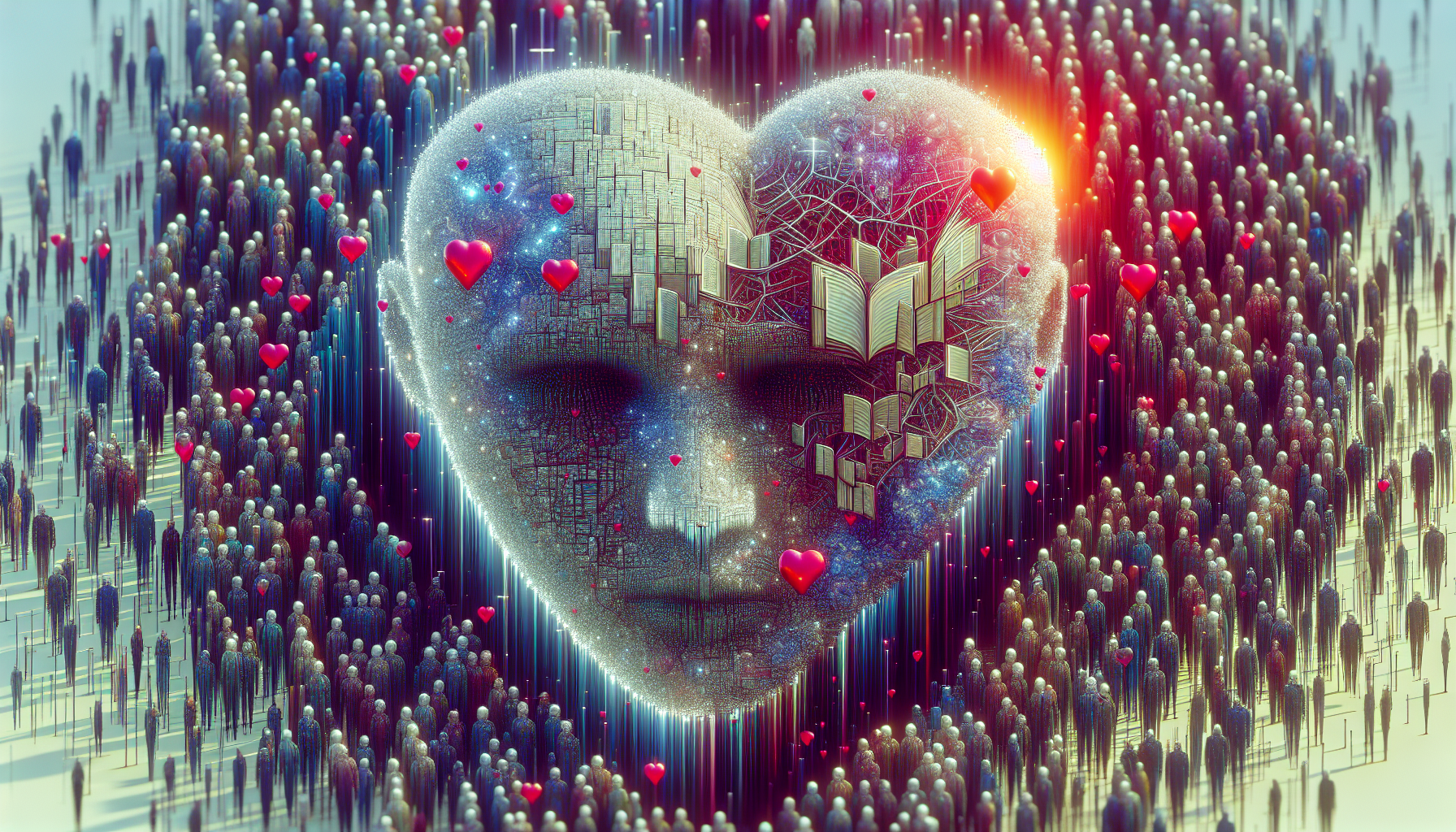In an era where information flows endlessly, the interpretation of texts, speeches, and media can fracture meaning in unprecedented ways. What was once considered a unifying piece of literature, a powerful speech, or a globally broadcast message can now become a source of division, sparking intense debates and emotional turmoil.
The Age of Ambiguity
In her TED Talk, author Chimamanda Ngozi Adichie explains, “The single story creates stereotypes, and the problem with stereotypes is not that they are untrue, but that they are incomplete.” This captures the essence of our current predicament—multiple, often conflicting interpretations arise from a single narrative or piece of data. In a hyper-connected world, a message intended for a broad audience is inevitably dissected by diverse cultural, social, and personal lenses.
The Impact of Digital Media
The digital age amplifies this phenomenon. Social media platforms and digital news outlets allow individuals to instantaneously share interpretations, often with distinct biases or sensationalist spins. According to a Pew Research Center study, over 55% of Americans now receive their news from social media, where echo chambers further skew perception and understanding.
Language as a Weapon
Words are powerful—so powerful they can unite or divide. As content travels globally, unique interpretations can lead to miscommunication and conflict. A New York Times article highlighted how international misinterpretations of political speeches often escalate diplomatic tensions. What one culture considers a colloquial expression, another might perceive as a grave insult.
Seeking Common Ground
“The single biggest problem in communication is the illusion that it has taken place.” — George Bernard Shaw
To bridge these fractures of meaning, it is essential to foster open dialogue. Experts suggest encouraging cross-cultural education and promoting media literacy to help individuals understand and appreciate multiple perspectives. Embracing ambiguity and acknowledging the fluidity of language can aid in reducing misunderstandings.
Conclusion
The challenge remains vast: how do we reconstruct meaning from a multiplicity of interpretations? As we navigate this complex landscape of communication, the onus is on individuals and societies to actively engage in empathy and critical thinking, aiming to transform conflicting readings into a platform for deeper connection and understanding. Only then can the divide become a bridge to shared insights and human unity.
